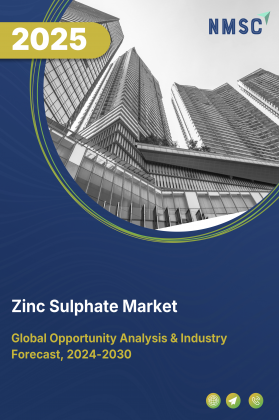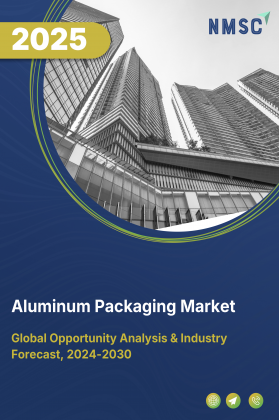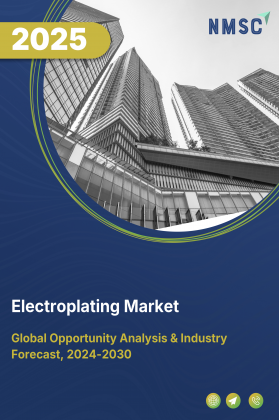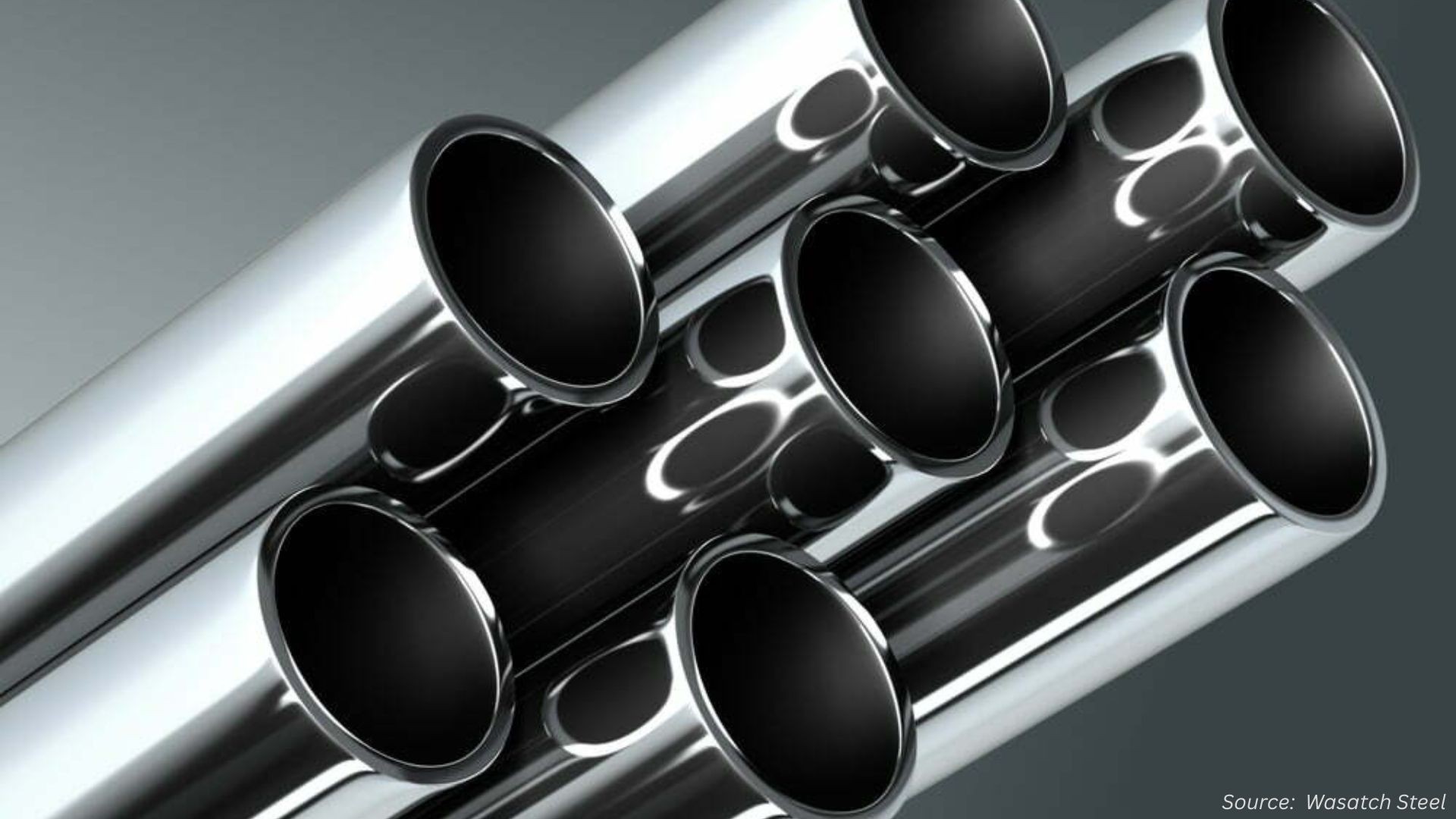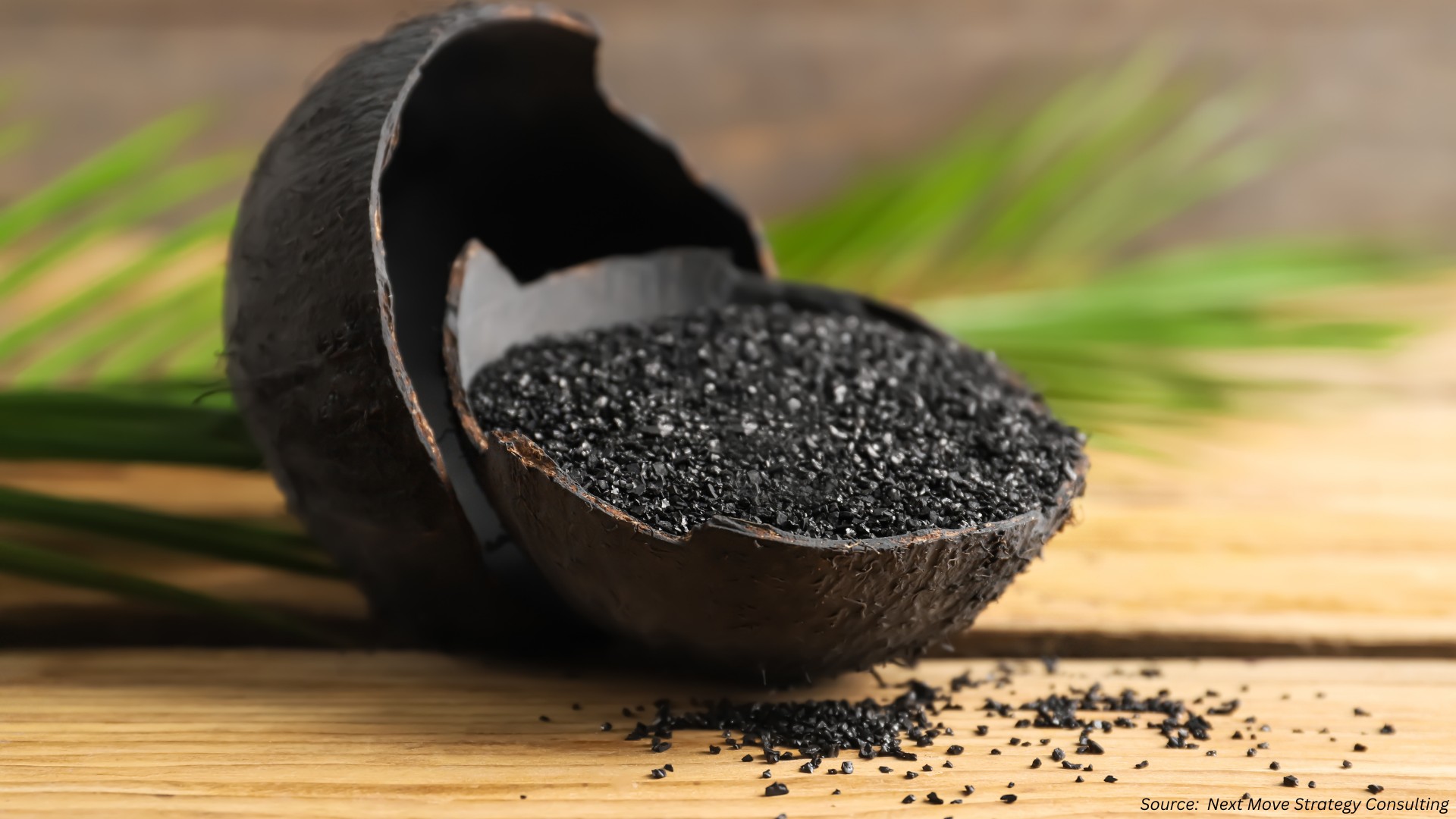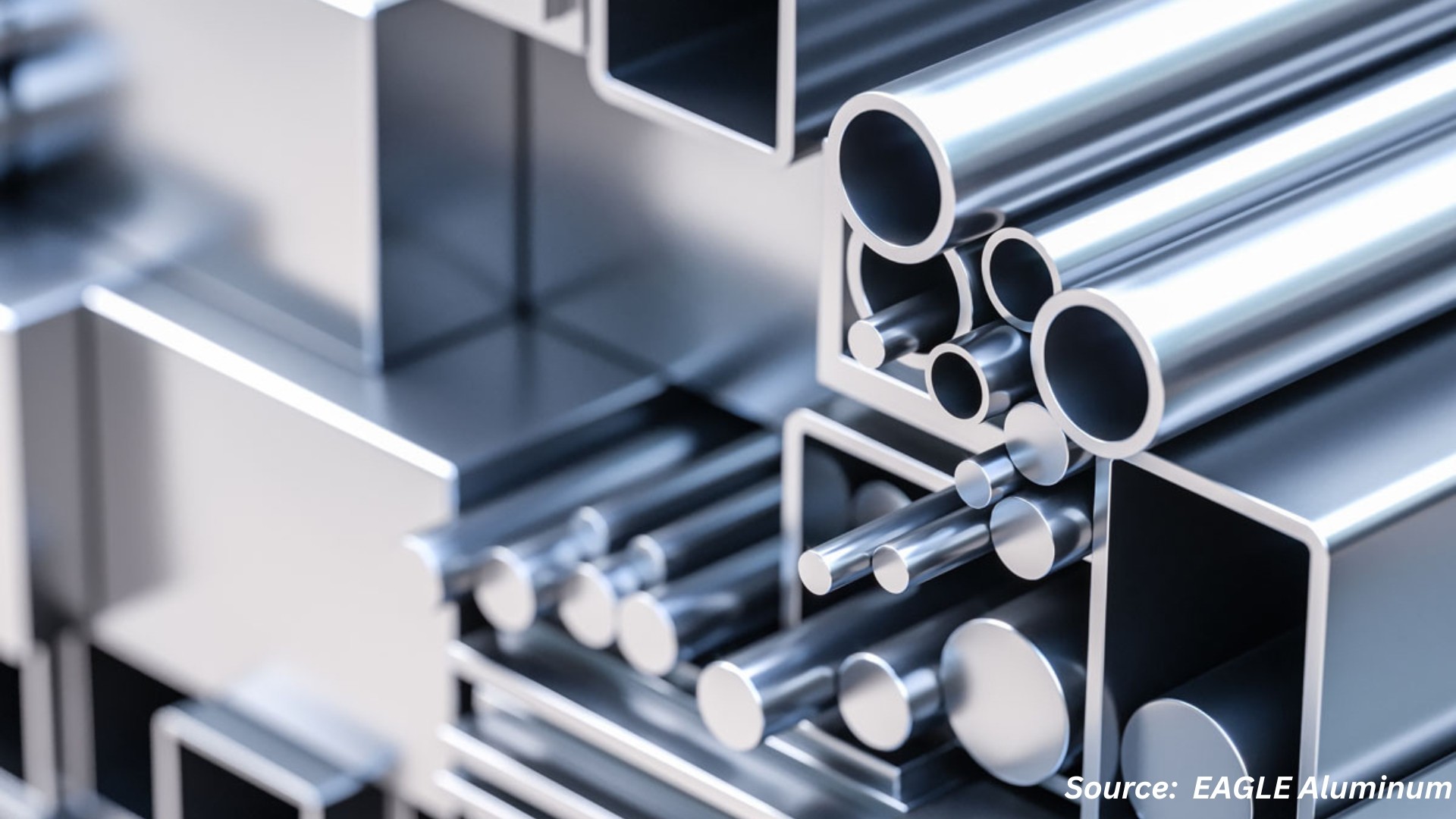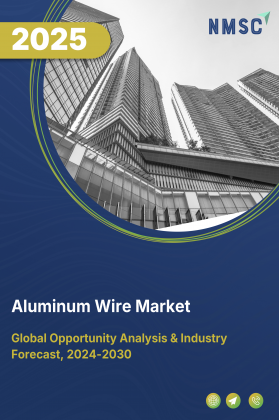
Aluminum Wire Market by Type (Wire Rod, Pure Aluminum, ACSR, AAAC, Cable Rope, Magnet Wire, Bare, Coated), by Insulation Type (XLPE, PVC, EPR, Enameled, Paper, & Others), by Wire Gauge (Fine, Medium, Heavy), by Foam Type (Polyurethane, Polyester, Silicone, Others), by Application (Electrical Transmission, Automotive, Renewable Energy, and Others), and by End-User Industry (Energy, Automotive, Construction, Electronics, and Others) – Global Opportunity Analysis and Industry Forecast, 2025–2030.
Industry Overview
The global Aluminum Wire Market size was valued at USD 46.4 billion in 2024 and is predicted to reach USD 49.5 billion by the end of 2025. The industry is predicted to reach USD 66.9 billion by 2030 with a CAGR of 6.8% from 2025 to 2030.
The market is experiencing significant growth, driven by factors like rapid urbanization, infrastructure development, and the rising adoption of electric vehicles. The growing demand for aluminum wire in construction, electrical applications, and renewable energy transmission is propelling market expansion.
Aluminum's lightweight and conductive properties make it essential for modern power systems, electric vehicle wiring, and solar and wind energy applications. However, challenges such as high energy costs and stringent regulatory pressures limit growth potential. Innovations in advanced aluminum wire alloys for 3D printing are creating new opportunities, particularly in high-performance sectors like aerospace, automotive, and healthcare.
Urbanization and Infrastructure Development Boost Market Growth
Rapid urbanization and infrastructure development globally are propelling the market, particularly in construction and electrical applications. The U.S. Census Bureau reported that construction spending in the U.S. hit USD 2.1 trillion in 2024, a 6.5% rise from 2023.
This growth, fuelled by smart city projects and the expansion of electrical grids, is driving demand for aluminum wire, valued for its corrosion resistance, lightweight properties, and cost-effectiveness. As these trends continue, the demand for aluminum wire in wiring and cabling applications is expected to support sustained growth in the market.
Expansion of Electric Vehicle Production Fuels the Market
The growing production of electric vehicles (EVs) is a key driver for the industry, particularly for its use in wiring harnesses and battery systems. The International Energy Agency reported that global electric car sales surpassed 17 million in 2024, accounting for over 20% of total car sales, reflecting the rapid shift toward EV adoption. Aluminum wire’s lightweight properties enhance EV efficiency by reducing vehicle weight and extending battery range, directly boosting demand for aluminum wire and driving the market's growth.
Growth in Renewable Energy Sector Drives Market Expansion
The global push for renewable energy is a major driver for the aluminum wire sector, as aluminum plays a key role in efficient power transmission for solar and wind energy systems. In 2024, U.S. solar and wind energy production increased by 25% and 8%, respectively, according to the U.S. Energy Information Administration, spurred by the launch of new generation facilities. Aluminum’s high conductivity and lightweight nature make it an ideal material for long-distance power transmission, minimizing energy loss and helping meet sustainable energy targets, thus contributing to the growth of the market.
Regulatory Challenges Restrain Growth of the Market
Regulatory challenges are significant constraints for the aluminum wire sector, particularly due to the energy-intensive nature of aluminum production. Fluctuating energy prices, especially for smelting and rolling processes, drive up operational costs. Moreover, stringent environmental regulations, such as the European Union’s emissions standards, compel manufacturers to invest in cleaner technologies, further increasing expenses. While these regulations are essential for reducing the industry’s carbon footprint, they pressure profitability, particularly for smaller producers, limiting the market unless more cost-effective solutions are implemented.
Advanced Aluminum Wire Developments for 3D Printing Present New Market Growth Opportunities
The aluminum wire market demand is experiencing new growth opportunities driven by advancements in specialized alloys designed for 3D printing applications. Traditional aluminum wires face challenges in additive manufacturing due to issues with process compatibility and material performance.
In response, innovations in aluminum alloys tailored for metal 3D printing technologies, such as laser-based powder bed fusion, are addressing these limitations. These advanced aluminum wires exhibit improved mechanical strength, enhanced fatigue resistance, and superior thermal stability, making them ideal for high-performance industries like aerospace, automotive, and medical devices.
As the adoption of 3D printing technology continues to expand in industrial manufacturing, the demand for specialized aluminum wire is expected to become a significant catalyst for the growth of the market.
Market Segmentations and Scope of the Study
The aluminum wire market report is segmented by type into wire rod, pure aluminum wire, ACSR (aluminum conductor steel reinforced), AAAC (all aluminum alloy conductor), cable rope, magnet wire, bare aluminum wire, and coated aluminum wire. End users cover industries such as energy, automotive, construction, electronics, telecommunications, aerospace, marine, manufacturing, and renewable energy. By region, the market is classified into North America, Europe, Asia Pacific and Rest of World.
Geographical Analysis
The Asia-Pacific region is experiencing substantial growth in the aluminum wire market share, fuelled by the rapid expansion of electric vehicles (EVs). According to the International Energy Agency (IEA), in 2024, China saw over 11 million electric cars sold, accounting for a substantial portion of global sales. This surge is enhancing the demand for aluminum wires, which are critical for the lightweight and conductive properties needed in EVs. The growth in EV production and related infrastructure upgrades is positioning Asia-Pacific, particularly China, as a key driver in the global industry.
North America is experiencing strong demand for aluminum wires, supported by large-scale infrastructure projects and a growing focus on renewable energy. The U.S. Grid Resilience and Innovation Partnerships (GRIP) Program, worth USD 10.5 billion, is enhancing grid flexibility and resilience through transformative upgrades.
These advancements rely heavily on aluminum wires for their strength, corrosion resistance, and electrical conductivity, positioning the aluminum wire market growth as the region transitions to cleaner energy and modernized infrastructure.
Europe’s commitment to sustainability and energy efficiency is driving a growing demand for aluminum wires, especially in clean energy and infrastructure projects. The European Union reported a 3.4% increase in renewable energy supply in 2024, reaching about 11.3 million terajoules. As aluminum wires play a crucial role in power transmission, this growth has significantly boosted the market. With Europe’s continued emphasis on low-carbon technologies and environmental responsibility, the demand for aluminum wires is expected to rise even further in the region.
The rest of the World, including Latin America, the Middle East, and Africa, is showing steady growth in aluminum wire demand. Increased investments in renewable energy, industrial development, and infrastructure projects are driving the use of aluminum wires in solar energy systems, transportation, and construction. Though still in the development phase, the ROW market presents significant long-term growth potential for aluminum wire as demand for lightweight and durable materials continues to rise.
Strategic Developments in the Aluminum Wire Industry
Key players in the market are actively engaging in mergers and acquisitions, capacity expansions, technological collaborations, and sustainability initiatives to strengthen their market position:
-
In April 2024, Ducab Metals Business (DMB) acquired GIC Magnet to enhance its product portfolio and global market reach. This strategic move enabled DMB to tap into new growth opportunities and expand its influence in the industry, driving innovation and sustainability.
-
In 2025, Hydro and NKT signed a long-term offtake agreement for aluminum wire rod to support Europe's power grid upgrades. This agreement ensured a steady supply of low-carbon aluminum from Hydro as NKT scaled up production to meet the increasing demand for medium and high-voltage power cables in the region.
-
In 2024, Prysmian completed the acquisition of Encore Wire Corporation, enhancing its leadership position in North America. This move expanded Prysmian's geographical footprint, offering increased cross-selling opportunities and leveraging Encore Wire’s efficient production and distribution processes within the aluminum wire sector.
-
In 2025, Cerrowire partnered with General Power and Control Corp (GPC) in Louisiana and Central Mississippi, adding its BABA-certified, Made-in-the-USA products to GPC’s offerings, providing efficient wire solutions for various sectors.
Key Benefits
-
The report provides quantitative analysis and estimations of the industry from 2025 to 2030, which assists in identifying the prevailing market opportunities.
-
The study comprises a deep-dive analysis of the current and future aluminum wire market trends to depict prevalent investment pockets in the sector.
-
Information related to key drivers, restraints, and opportunities and their impact on the market is provided in the report.
-
Competitive analysis of the key players, along with their market share is provided in the report.
-
SWOT analysis and Porters Five Forces model is elaborated in the study.
-
Value chain analysis in the market study provides a clear picture of roles of stakeholders.
Aluminum Wire Market Key Segments
By Type
-
Aluminum Wire Rod
-
Pure Aluminum Wire
-
Aluminum Conductor Steel Reinforced (ACSR)
-
All Aluminum Alloy Conductor (AAAC)
-
Aluminum Cable Rope
-
Magnet Wire
-
Bare Aluminum Wire
-
Coated Aluminum Wire
By Insulation Type
-
XLPE Insulation
-
PVC Insulation
-
EPR Insulation
-
Enameled Insulation
-
Paper Insulated
-
Fiberglass Insulated
-
Nomex Insulated
-
Mica Insulated
-
Cotton Insulated
-
Uninsulated/Bare Wire
By Wire Gauge
-
Fine Gauge (Below 10 AWG)
-
Medium Gauge (10–20 AWG)
-
Heavy Gauge (Above 20 AWG)
By Foam Type
-
Polyurethane
-
Polyester
-
Silicone
-
Others
By Application
-
Electrical Transmission and Distribution
-
Overhead Power Lines
-
Underground Cables
-
-
Automotive
-
Wiring Harnesses
-
Battery Cables
-
-
Building and Construction
-
Residential Wiring
-
Commercial Wiring
-
-
Electronics and Electrical
-
Circuit Breakers
-
Switches & Meters
-
Home Electrical Appliances
-
-
Motors
-
Transformers
-
Rotating Machines
-
Telecommunications
-
Shipping/Marine
-
Aerospace
-
Packaging
-
Renewable Energy Systems
-
Solar Panels
-
Wind Turbines
-
By End-User Industry
-
Energy and Power
-
Automotive
-
Construction
-
Electronics
-
Telecommunications
-
Aerospace
-
Marine
-
Manufacturing
-
Renewable Energy
-
Others
By Region
-
North America
-
The U.S.
-
Canada
-
Mexico
-
-
Europe
-
The UK
-
Germany
-
France
-
Italy
-
Spain
-
Denmark
-
Netherlands
-
Finland
-
Sweden
-
Norway
-
Russia
-
Rest of Europe
-
-
Asia-Pacific
-
China
-
Japan
-
India
-
South Korea
-
Australia
-
Indonesia
-
Singapore
-
Taiwan
-
Thailand
-
Rest of Asia-Pacific
-
-
RoW
-
Latin America
-
Middle East
-
Africa
-
Key Players
-
Henan Chalco Aluminum
-
Nexans
-
Norsk Hydro ASA
-
Prysmian S.p.A.
-
Condumex, Inc.
-
Alconex
-
Paraflex
-
Bansal Wire Industries
-
Rea Magnet Wire Company
-
Pooja Wire Industries
-
Cerrowire LLC
-
Vendanta Aluminum
REPORT SCOPE AND SEGMENTATION:
|
Parameters |
Details |
|
Market Size in 2025 |
USD 49.5 billion |
|
Revenue Forecast in 2030 |
USD 66.9 billion |
|
Growth Rate |
CAGR of 6.8% from 2025 to 2030 |
|
Analysis Period |
2024–2030 |
|
Base Year Considered |
2024 |
|
Forecast Period |
2025–2030 |
|
Market Size Estimation |
Billion (USD) |
|
Growth Factors |
|
|
Countries Covered |
28 |
|
Companies Profiled |
15 |
|
Market Share |
Available for 10 companies |
|
Customization Scope |
Free customization (equivalent up to 80 working hours of analysts) after purchase. Addition or alteration to country, regional, and segment scope. |
|
Pricing and Purchase Options |
Avail customized purchase options to meet your exact research needs. |

















 Speak to Our Analyst
Speak to Our Analyst



